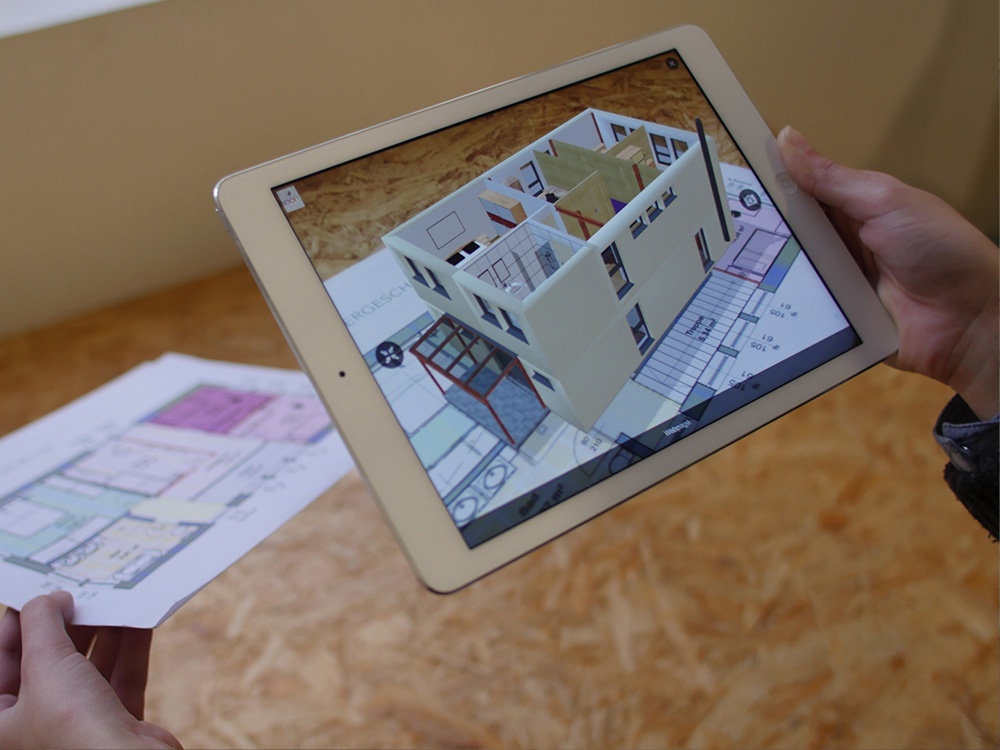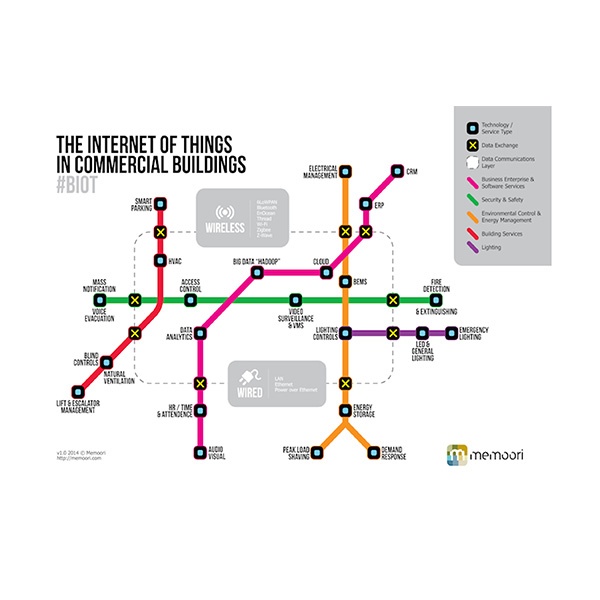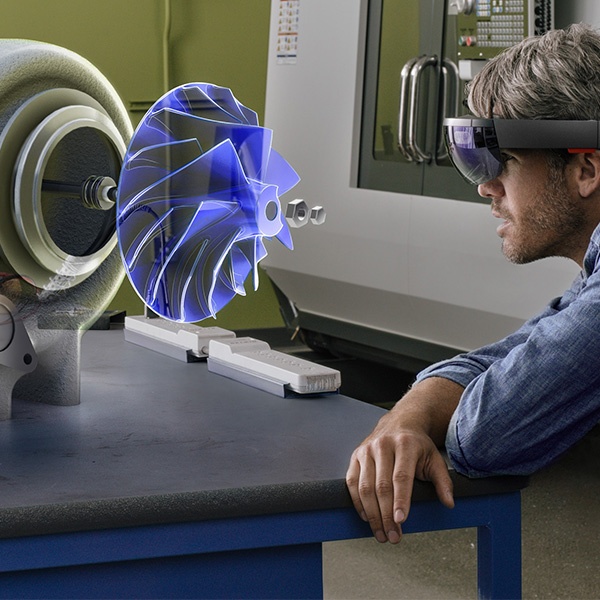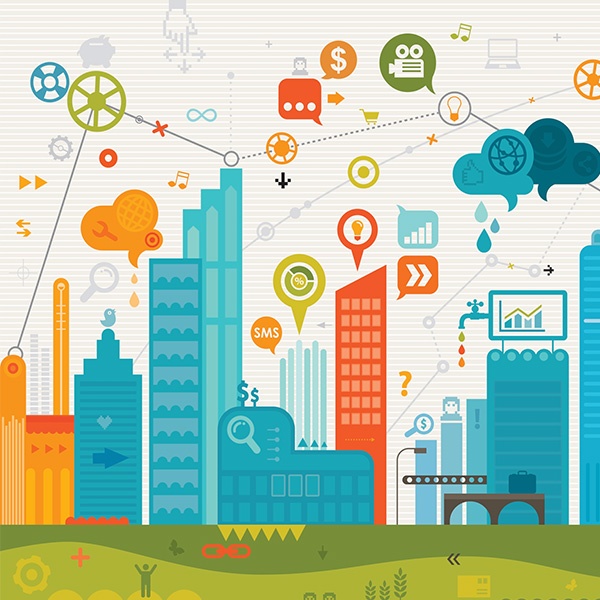
The 2016 Alliance Innovation Summit explored business and technical innovation in housing. Essential’s Richard Watson and Chris Parlato jumpstarted the event with an invigorating keynote where they addressed building design in the Age of Disruption. They advised industry stakeholders to stay closely aligned with the thoughts and values representative of this time, and outlined 3 key trends that the building industry will need to keep pace with: 1) Internet of Things 2) Virtualization and 3) Product platforms.

Internet of Things
While the residential world of IoT, or the “smart home’ is advancing through ad-hoc, consumer home solutions that plug into popular smartphone platforms, it is in many ways in the world of commercial buildings—where the demands of efficiency, AND comfort are at premium–where we see IoT playing out with far more sophistication. Security, circulation, parking, lighting, and power management subsystems are all increasingly producing data, and tied into software systems, powering greater efficiencies and better experience for building users.

Virtualization
At the same time that IoT is creating smart, sensor-laden objects to put into our homes and work environment, we are also finding incredible ways to digitize those environments themselves, and to interact with these models as designers and planners, and ultimately as builders that translate the digital model into physical reality. Visualization tools are fundamentally reshaping how we interact simultaneously with the digital and the physical.

Product platforms
The third vector of disruption that we often think about as shaping our practice has less to do with technology and more to do with business. This paradigm shift is characterized three major changes: 1) product-service hybrids are being powered by data, 2) new business models are enabled by connected ecosystems, and 3) products themselves are beginning to adapt in real-time to information.


